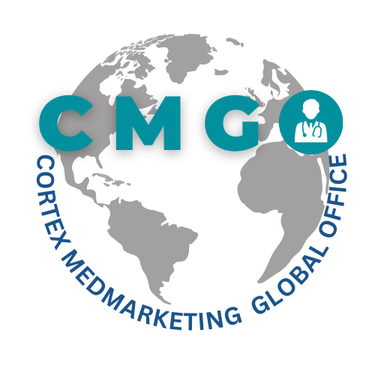Building a Patient Retention Funnel for Your Clinic: Strategies for Success
10/27/20252 min read


Understanding Patient Retention in Healthcare
In the ever-evolving landscape of healthcare, acquiring new patients is only the initial step towards building a successful clinic. However, sustaining those patient relationships is where the true challenge lies. Patient retention refers to a practice’s ability to keep its patients returning for follow-ups, checkups, and ongoing treatments. A well-structured patient retention funnel is essential for improving clinic loyalty and maximizing revenue.
Implementing CRM Tools for Enhanced Engagement
One of the most effective ways to bolster patient retention is through the utilization of CRM (Customer Relationship Management) tools tailored for healthcare providers. These tools allow clinics to manage patient interactions effectively, ensuring timely follow-ups and personalized communication. By automating appointment reminders and sending tailored content based on a patient’s history, clinics can create a seamless experience that encourages continual visits.
Harnessing Email Marketing for Consistent Communication
Another powerful strategy is leveraging medical email marketing to maintain engagement with patients. Automated emails can be a game-changer, reminding patients about upcoming appointments, sending birthday wishes, or even providing educational content relevant to their health conditions. These personalized interactions can significantly enhance patient satisfaction and loyalty, establishing a channel of communication that nurtures relationships and encourages ongoing visits. Additionally, remarketing campaigns can be implemented to re-engage patients who may have lapsed in their follow-ups or treatments, prompting them to return to the clinic.
Creating a Comprehensive Patient Retention Strategy
A successful patient retention funnel is composed of several interconnected strategies. Firstly, identify your existing patient demographics and preferences; knowing your audience enables you to tailor your approach effectively. Secondly, establish a regular communication schedule using the CRM tools to ensure your follow-ups are timely and relevant. Finally, develop a feedback loop; understanding patients' needs through surveys and direct communication will improve service delivery, ensuring their return. When patients feel valued and heard, they are more likely to continue their treatment and recommend your clinic to others.
Conclusion
In conclusion, building a robust patient retention funnel for your clinic involves the integration of CRM tools, strategic email marketing, and a comprehensive approach to patient engagement. By focusing on these key areas, clinics can foster stronger relationships with their patients, ultimately leading to greater clinic loyalty and a successful practice. Remember, retaining patients is not merely about keeping them; it is about creating an environment where they choose to return, feeling valued and cared for at every visit.
